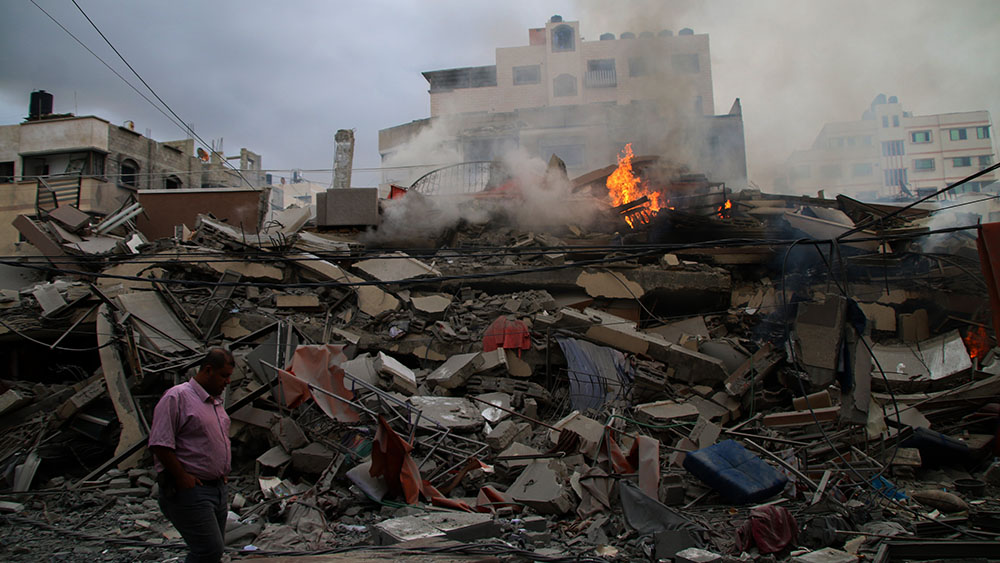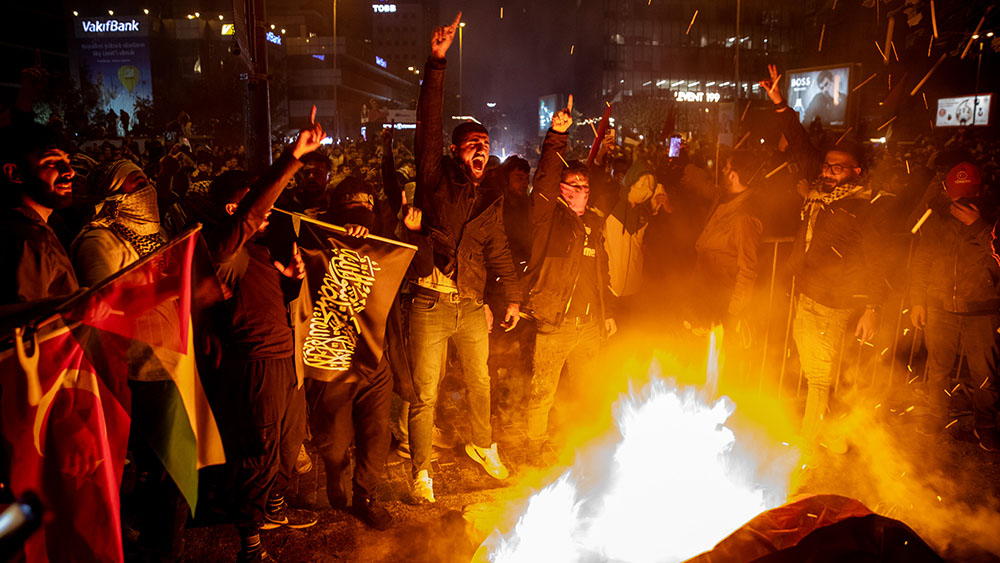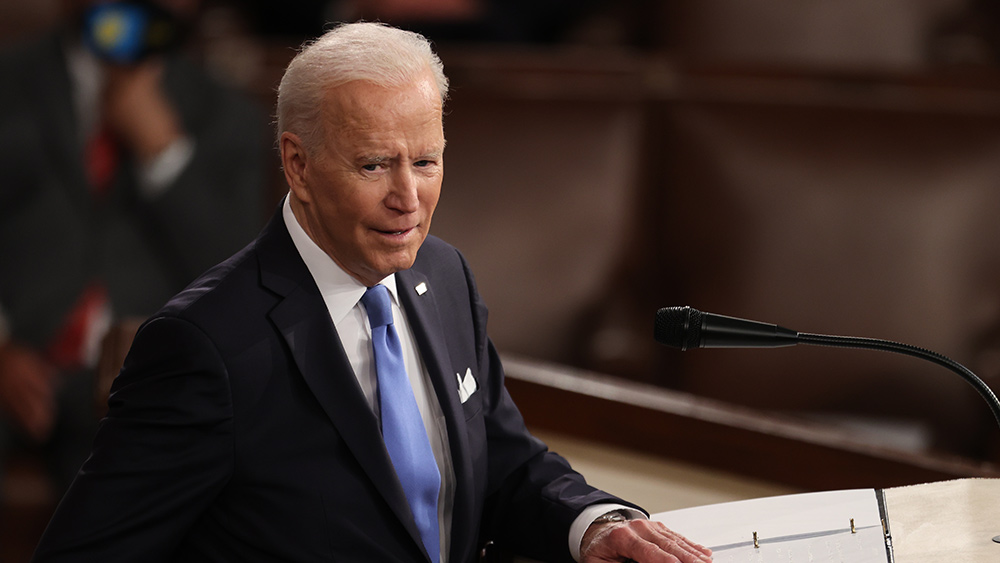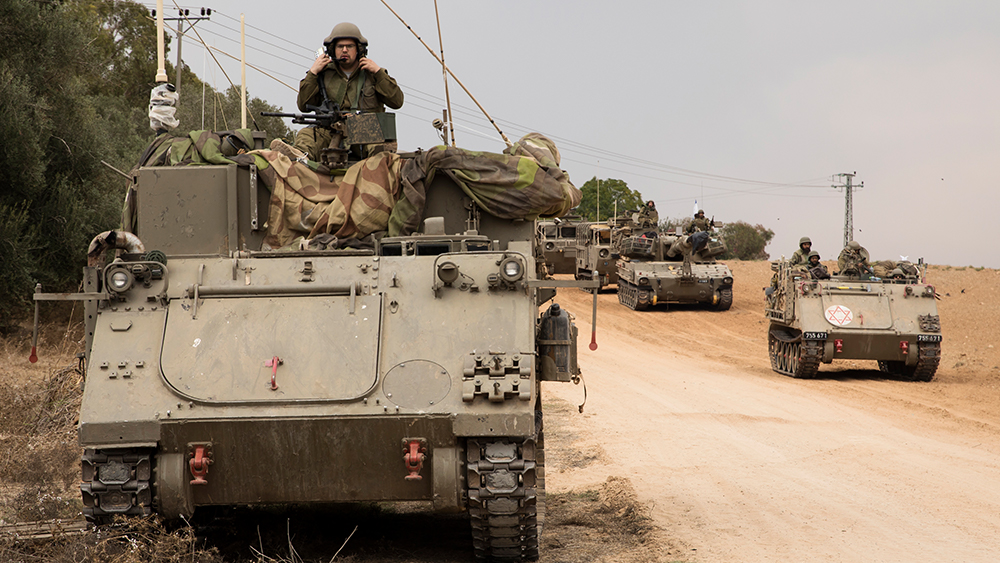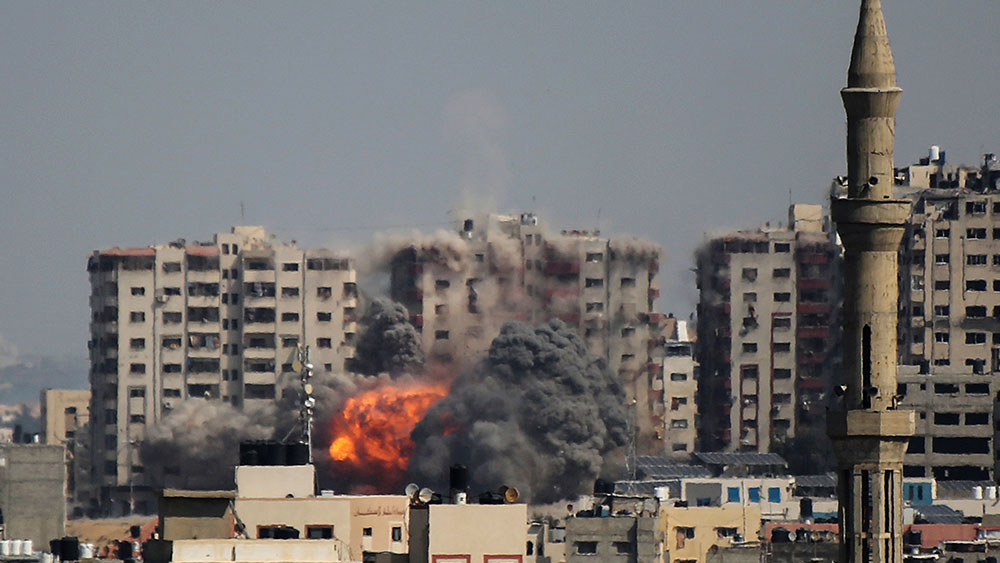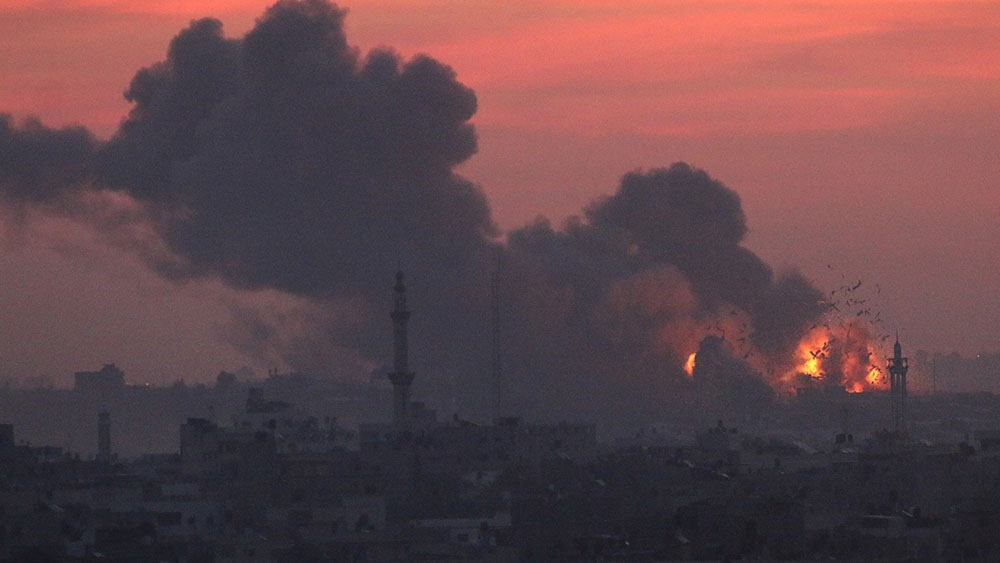More people are DISASTER PREPPING these days than perhaps ever before, says WSJ
10/23/2023 / By Ethan Huff

The social and political landscape in the United States is seeing dramatic changes, particularly with regards to prepping.
More people than perhaps ever before in our nation’s history are feeling the heat of the impending collapse, prompting them to stockpile food, weapons, and other emergency supplies.
Survival business owners and survival-training coaches alike say they are seeing a whole new kind of customer base – people who even just a few years ago would have scoffed at the idea of ever needing freeze-dried food, a generator, and firearms, for example.
The latest data shows that sales of prefabricated disaster kits are through the roof. A survey conducted by Finder, a financial services company, found that roughly one-third of 2,179 adults surveyed say they have spent an average of $149 in the past year on non-perishable food, medical supplies, and jugs full of water – just in case.
This is up from about one in five adults who indicated the same back in 2020 at the start of the Wuhan coronavirus (COVID-19) “pandemic,” indicating that fear is rising among the general population about what might come next.
(Related: Another great reason to prep is because the government is trying to starve us all out by destroying the nation’s food infrastructure.)
The human herd is becoming aware that things are not okay, and will definitely get worse
Many of the people who are new to prepping say they are not doing so out of fear, but rather as a just-in-case kind of thing.
“It’s less that we’re trying to survive the end of the world, and more that we have no idea when an earthquake or tornado is going to happen,” explained one man to The Wall Street Journal who just a few years ago had never even thought about prepping.
“It’s taking rational steps to ensure we have the ability to act quickly in those moments.”
One company called Preppi that manufactures pre-packaged emergency kits says sales in 2023 so far are up 29 percent compared to the entirety of 2022. Sales really soared – quadrupled, in fact – back in June for a competitor company called Judy when all that wildfire smoke blanketed the Northeast.
Another woman who lives in a New York City apartment told the Journal that she never would have thought about keeping a tent, sleeping bag, and water filtration system in her digs before watching videos about emergency preparedness on social media.
“It’s actually for a family of four, but I was like, ‘You know what? Better to be safe,'” the woman said about her decision to purchase a $100 disaster pack on Amazon, just in case.
According to John Ramey, the founder of a self-reliance training website called The Prepared, his audience as of late includes all sorts of demographics and political persuasions.
“People are becoming more and more aware of the problems in the world and how fallible things are,” Ramey, who lives in Boulder, Colo., says.
Marlon Smith of Urban and Outdoor Survival, which teaches classes on survival, says that his company is likewise seeing “a totally new market” emerge for disaster and emergency prepping.
Since the latest conflict in Israel broke out on October 7, Smith says he has received a surge in client calls. His upcoming 20-person training course currently has a 10-person waiting list.
“I can’t control what happens, but I can have the peace of mind of being prepared,” says Kasen James, a 30-year-old copywriter who now keeps about $200 worth of supplies and a few hundred dollars in cash in both his home and car because Morgan Hill, Calif., where he lives had a wildfire evacuation order back in 2020.
The latest news about America’s future can be found at Collapse.news.
Sources for this article include:
Submit a correction >>
Tagged Under:
chaos, Collapse, Disasters, firearms, food, Medicine, preparedness, prepping, preps, survival, War
This article may contain statements that reflect the opinion of the author
RECENT NEWS & ARTICLES
COPYRIGHT © 2017 CHAOS NEWS

